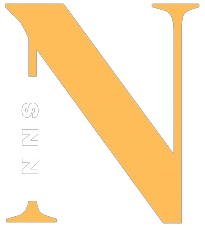| BESCK104D/204D VTU NOTES |
|---|
| Subject | Elements of Mechanical Engineering |
|---|---|
| Course Code | BESCK104D/204D |
| CIE Marks | 50 |
| Teaching Hours/Week (L:T:P:S) | 2:2:0:0 |
| SEE Marks | 50 |
| Total Hours of Pedagogy | 40 |
| Total Marks | 100 |
| Credits | 03 |
| Exam Hours | 03 |
Module 1
Introduction: Role of Mechanical Engineering in Industries and Society- Emerging Trends and Technologies in different sectors such as Energy, Manufacturing, Automotive, Aerospace, and Marine sectors.
Energy: Introduction and applications of Energy sources like Fossil fuels, Nuclear fuels, Hydel,Solar, wind, and bio-fuels, Environmental issues like Global warming and Ozone depletion
Module 2
Machine Tool Operations: Working Principle of lathe, Lathe operations: Turning, facing, knurling. Working principles of Drilling Machine, drilling operations: drilling, boring, reaming. Working of Milling Machine, Milling
Operations: plane milling and slot milling. (No sketches of machine tools, sketches to be used only for explaining the operations).
Introduction to Advanced Manufacturing Systems: Introduction, components of CNC, advantages and applications of CNC, 3D printing.
Module 3
Introduction to IC Engines: Components and Working Principles, 4-Strokes Petrol and Diesel Engines, Application of IC Engines. Insight into Future Mobility: Electric and Hybrid Vehicles, Components of Electric and HybridVehicles. Advantages and disadvantages of EVs and Hybrid vehicles.
Module 4
Engineering Materials: Types and applications of Ferrous & Nonferrous Metals, silica,ceramics, glass, graphite, diamond and polymer. Shape Memory Alloys.
Joining Processes: Soldering, Brazing and Welding, Definitions, classification of weldingprocess, Arc welding, Gas welding and types of flames.
Module 5
Introduction to Mechatronics and Robotics: open-loop and closed-loop mechatronic systems.Classification based on robotics configuration: polar cylindrical, Cartesian coordinate and spherical.Application, Advantages and disadvantages.
Automation in industry: Definition, types – Fixed, programmable and flexible automation, basic elements with block diagrams, advantages.
Introduction to IOT: Definition and Characteristics, Physical design, protocols, Logical design of IoT,Functional blocks, and communication models.
